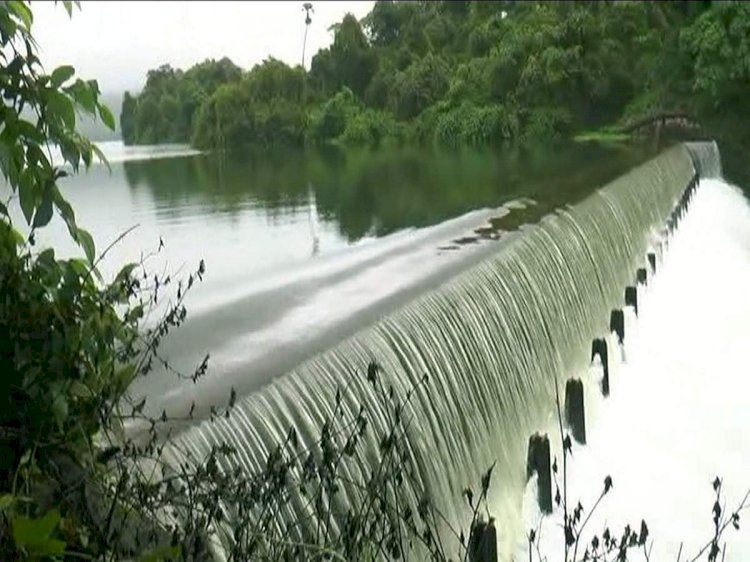Heavy rainfall in Mumbai causes Tulsi lake to overflow
For Printing Download Epaper from files section from bottom of this page

Mumbai :Tulsi lake, located inside Sanjay Gandhi National Park, one of the seven lakes that supply water to Mumbai, began to overflow at 11am on Friday, according to Brihanmumbai Municipal Corporation (BMC). Until 6am on Friday, Tulsilake had 94.07% useful water content, or 7,569 million litres water content, in comparison to 79.42% useful water content around the same time last year. In the 24 hours until 6am on Friday, Tulsi’s catchment area received 67mm rainfall, and its water level rose by 0.15 metres during this time.Despite the heavy rainfall recorded in Mumbai over canight, water level in the seven lakes that supply drinking water to the city remained at 7.24% of its total capacity , in comparison to 25.80% on the same day in 2020, and 48.80% on the same day in 2019.
Ajay Rathor, chief engineer of BMC’s hydraulics department, said, “For a week now, cumulative water available in the seven lakes has not increased, and remains at about 17%. The catchment area has not received sufficient rainfall. We will observe the lake levels closely for the next two-three days, and then decide the future course of action for the remaining year. A decision about whether to impose a water cut will be taken after this.”The total amount of water in all seven lakes in the city is presently 249,459ML, out of the total capacity of 1,447,363ML.
On Saturday last week, the water level in the city’s lakes was at 17,43%, or 252,323ML, in comparison to 22.46% on the same day last year, and 43.92% on the same day in 2019.Mumbai receives its drinking water supply from Upper Vaitarna, ModakSagar, Tansa, Middle Vaitarna, Bhatsa, Vehar, and Tulsi lakes, whose total water capacity is 1,447,363ML. BMC supplies 3,850 million litres of water per day to the city.Until 6am on Friday, Upper Vaitarna had 0% useful water content, ModakSagar had 25.44% useful water content, Tansa had 30.35% useful water content, Middle Vaitarna had 10.08% useful water content, Bhatsa had 17.50% useful water content, and Vehar had 72.52% useful water content.

 Active Times
Active Times 
















